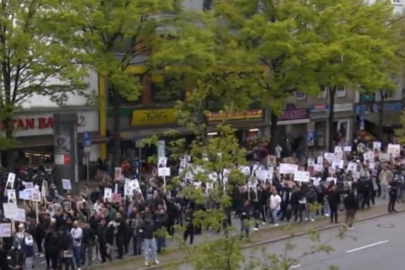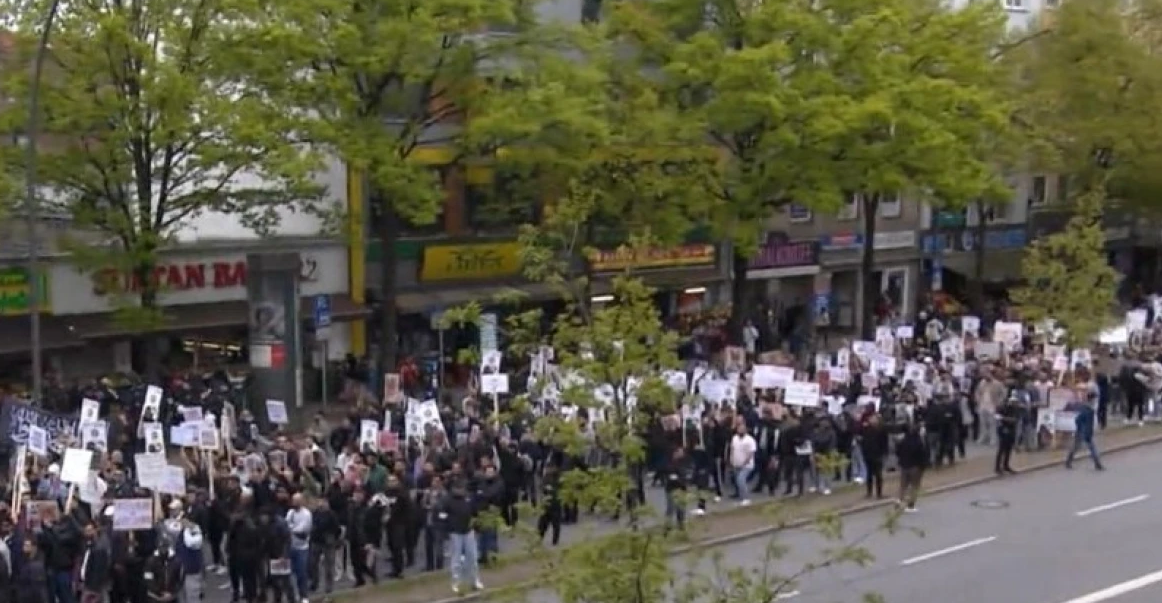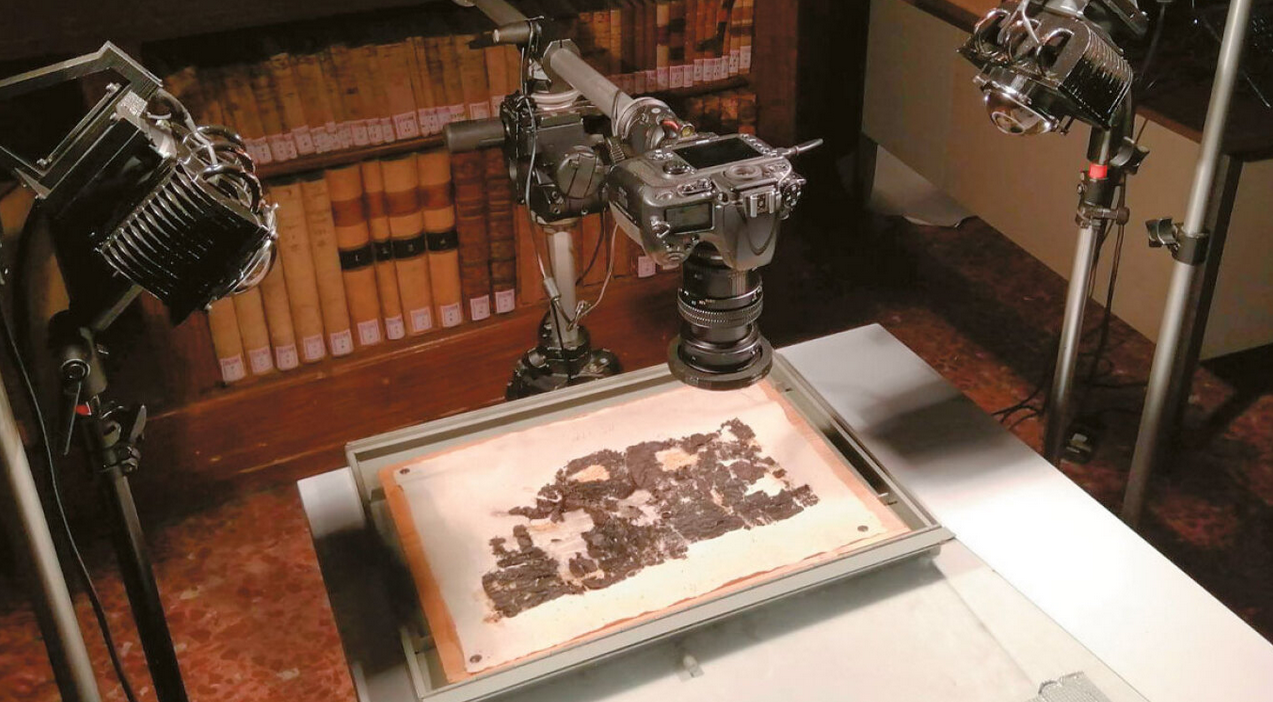This past December, the physics Nobel Prize was awarded for the experimental confirmation of a quantum phenomenon known for more than 80 years: entanglement. As envisioned by Albert Einstein and his collaborators in 1935, quantum objects can be mysteriously correlated even if they are separated by large distances. But as weird as the phenomenon appears, why is such an old idea still worth the most prestigious prize in physics?
Coincidentally, just a few weeks before the new Nobel laureates were honored in Stockholm, a different team of distinguished scientists from Harvard, MIT, Caltech, Fermilab and Google reported that they had run a process on Google’s quantum computer that could be interpreted as a wormhole. Wormholes are tunnels through the universe that can work like a shortcut through space and time and are loved by science fiction fans, and although the tunnel realized in this recent experiment exists only in a 2-dimensional toy universe, it could constitute a breakthrough for future research at the forefront of physics.
The cold, hard truth about what will happen to us when the Sun dies
But why is entanglement related to space and time? And how can it be important for future physics breakthroughs? Properly understood, entanglement implies that the universe is “monistic”, as philosophers call it, that on the most fundamental level, everything in the universe is part of a single, unified whole. It is a defining property of quantum mechanics that its underlying reality is described in terms of waves, and a monistic universe would require a universal function. Already decades ago, researchers such as Hugh Everett and Dieter Zeh showed how our daily-life reality can emerge out of such a universal quantum-mechanical description. But only now are researchers such as Leonard Susskind or Sean Carroll developing ideas on how this hidden quantum reality might explain not only matter but also the fabric of space and time.
Read more: The Daily Beast






































